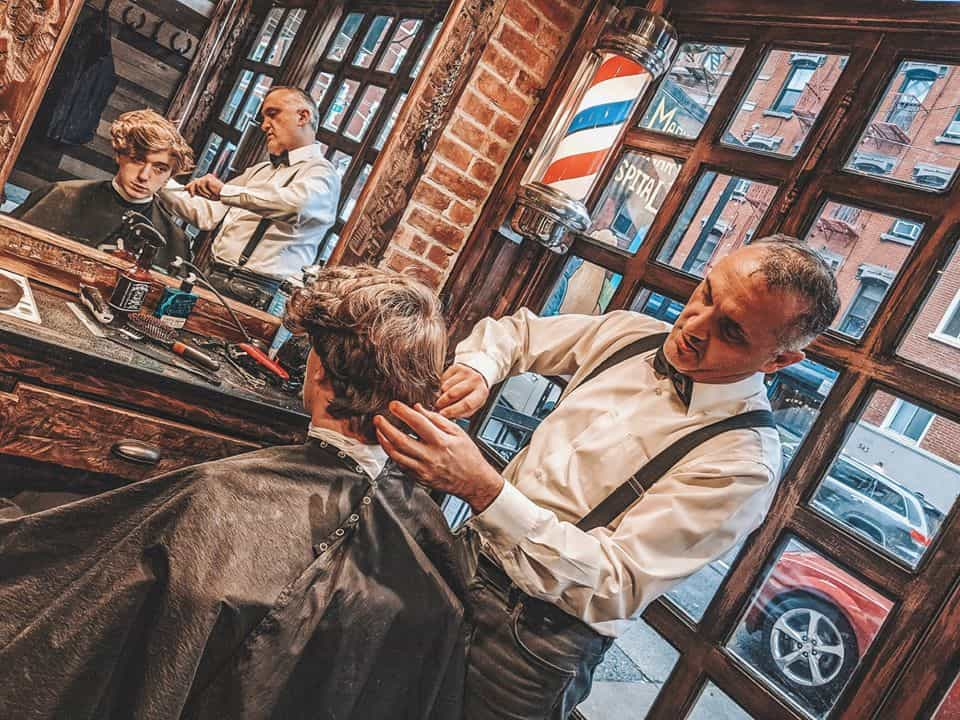Assuring Customer Health Through Robust Health and Protection Guidelines in the Grooming Industry
Assuring Customer Health Through Robust Health and Protection Guidelines in the Grooming Industry
Blog Article
This hair grooming industry plays a crucial position in individual care and self-care. However, it is vital to emphasize the wellness and security of both clients and stylists in this environment. Effective health and safety standards are paramount for maintaining hygiene standards, preventing accidents, and ensuring a positive interaction for all parties engaged. By adhering to these guidelines, professionals can establish a safe environment that encourages trust and ease among patrons.
One key aspect of health and hygiene in grooming is sanitation. Barbers must adhere to rigorous hygiene practices, including frequent cleaning of tools and workstations. This includes disinfecting shears, trimmers, and brushes after every use to eliminate the risk of spreading germs or contamination. Moreover, barbers should use sanitized gowns and linens for each client to promote a hygienic setting. Implementing these practices not only protects customers but also boosts the credibility of the barbering establishment.
Another important requirement focuses on the safe handling of substances used in hair treatments. Products such as hair dyes, relaxers, and other styling agents can present risks if not handled properly. Stylists must follow protective protocols for the containment and use of these products to prevent skin irritations or allergic reactions among clients. Using protective gear find out here and ensuring sufficient ventilation during procedures are crucial measures that barbers should implement to protect customer well-being while delivering quality services.
Accident prevention is also a vital component of wellness and security regulations in grooming. Salons should be arranged with precaution in mind, reducing dangers such as wet surfaces or disorganized areas. Team members should be educated in emergency procedures, including how to handle cuts or burns that may occur during service. Providing medical supplies and confirming that all staff members know their locations is an effective way to prepare for unexpected events. By useful reference emphasizing preventative actions, practitioners can maintain an atmosphere where patrons feel secure and cared for.
Lastly, effective communication is key to ensuring client wellbeing in the barbering industry. Barbers should engage with clients about their needs and any possible risks linked to the treatments provided. This involves reviewing sensitivities to products or prior negative experiences reported by individuals. By fostering open dialogue, professionals can develop rapport with their customers while delivering that they get personalized care tailored to their unique needs. Ultimately, upholding wellness and protection regulations will lead to enhanced customer experience and a successful haircare business.